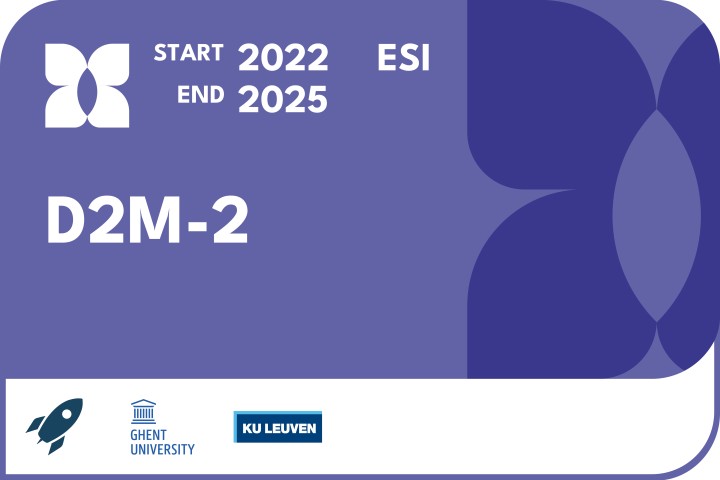D2M-2
Dioxide-to-Monoxide Bis (D2M-2): Innovative catalysis for CO2 to CO conversion.

In the sprint cSBO project D2M (which started in 2020 and ended late 2021), a SWOT-analysis was performed for CO2 conversion to CO using six different catalytic technologies. The research performed and the associated technology analysis provided a good basis to develop a flowchart for CO2 conversion in which, based on the specifications of the CO2 source and its boundary conditions, the most optimal conversion technology can be selected.
A thorough LCA for CO2-assisted propane dehydrogenation (PDH) (using a heterogeneous catalysis route) in the D2M project showed great potential for CO2 reductions, compared to conventional propylene production. At the end of the sprint cSBO project D2M, a new zeolite-based V catalyst outperforming all others made a clear breakthrough: in existing industrial conditions, this catalyst has excellent selectivity for propylene (> 90%) and outstanding stability. This system performs similarly in terms of propylene as comparable commercial systems for PDH, but also produces an equal amount of CO from co-fed CO2. State of the art PDH plants synthesize H2 as co-product, but that could be shifted to a rich-in-CO stream with this zeolite technology.
The latest discoveries in this heterogeneous catalysis route point to an exceptional, but not-understood performance of the new V-zeolite system. Since it is not optimized (nor in synthesis, nor V-loading, nor post-treatment), there is large room for improvement. A continuation is urgently needed to understand the excellent performance and to optimize the bottom-up catalyst synthesis method. In terms of catalyst development, the system makes use of a well-known zeolite topology with industrial merit, but via a special zeolite synthesis technique, allowing better V-interaction and impregnation. The effects of crystal size, mass transfer both in impregnation and during catalytic operation surface defects and thermal treatment need to be investigated. A thorough pre- and post-catalysis characterization is needed to confirm the V active complex nature (small cluster or single sites) and to understand why it is so easily reactivated with CO2. In parallel, modelling-guided design of novel V-based single-site catalysts would be performed. To understand the influence of pressure, a full kinetic model via design of experiment is needed to get a grip on both activation and deactivation kinetics. Finally, the LCA must be expanded to account for different point-source CO2 feedstocks and their environmental impact cost. A preliminary techno-economic analysis should be pursued based on external industrial input. This will be the focus of the research in the envisioned continuation of the D2M project.